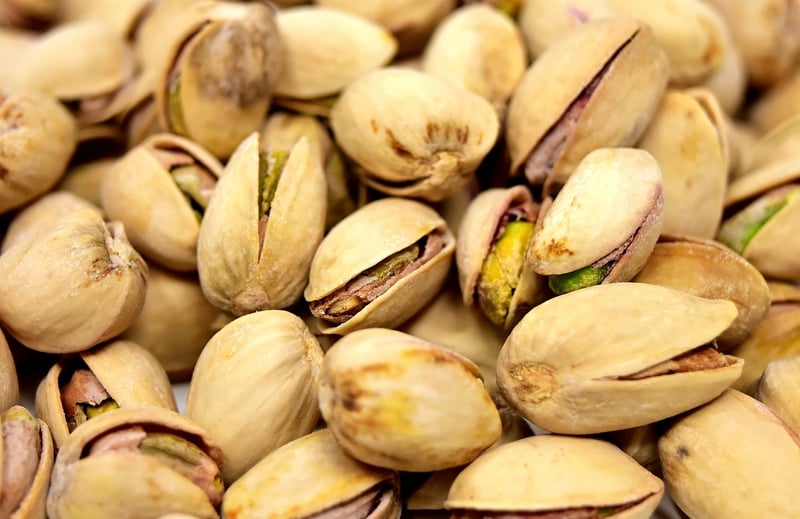Medieval Fare
Exploring the Evolution of Food: Medieval Fare
Food has always been an integral part of human history, reflecting the culture, technology, and beliefs of a particular era. In this article, we delve into the fascinating world of medieval fare, exploring how food evolved during the Middle Ages and the impact it had on society.
1. The Basics of Medieval Cuisine
Medieval cuisine was heavily influenced by the availability of ingredients, social class, and religious beliefs. The diet of the wealthy nobles differed significantly from that of the common people, with the former enjoying elaborate feasts featuring exotic spices and meats, while the latter subsisted on simpler fare such as bread, vegetables, and porridge.
2. The Role of Spices and Herbs
Spices played a crucial role in medieval cooking, not only for flavor but also for their perceived medicinal properties. Common spices included pepper, cinnamon, cloves, and nutmeg, which were often used to mask the taste of spoiled meat. Herbs like parsley, sage, and thyme were also popular for adding flavor to dishes.
3. Feasting and Fasting
Medieval society was structured around religious calendars that dictated periods of feasting and fasting. Feasts were grand affairs, showcasing the wealth and power of the host, while fasting days required abstaining from meat and dairy products, leading to the creation of inventive meatless dishes.
4. Food Preservation Techniques
Without modern refrigeration, preserving food was a challenge in medieval times. Techniques such as salting, smoking, pickling, and drying were used to extend the shelf life of perishable ingredients, allowing for the storage of food during winter months or long journeys.
5. The Influence of Trade and Exploration
The Age of Exploration brought new ingredients to Europe, transforming medieval cuisine. Foods like tomatoes, potatoes, and chocolate were introduced from the New World, while spices like saffron and cinnamon were traded along the Silk Road, enriching the culinary landscape of the Middle Ages.
6. The Legacy of Medieval Fare
While many aspects of medieval cuisine have faded into history, some traditions persist to this day. Dishes like roast meats, hearty stews, and spiced desserts continue to evoke the flavors of the past, reminding us of the rich culinary heritage that has shaped our modern food culture.

Join us on a gastronomic journey through time as we uncover the stories and flavors of medieval fare, offering a glimpse into the culinary world of knights, peasants, and kings.
Explore more about medieval cuisine here.
